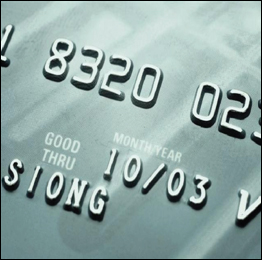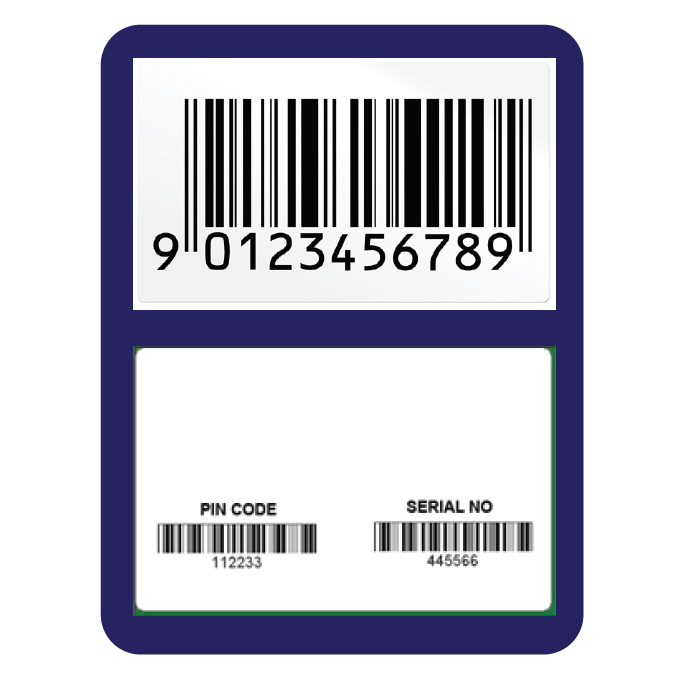详情
Photo
Individual Photo or special photograph to be printed on the card
Data printing
Data such as Name, IC, Date, ID Number etc
Sequence Number
Series a of running number to be printed on the card
Magnetic data encoding
Data to be written in the Magstripe either in track1, 2 or 3 of the card
IC Card encoding
Data to be written in the IC/RFID of the card.
RFID Card encoding
Data to be written in the IC/RFID of the card.
Embossing and tipping

Embossing has been the only possible way to apply machine-readable characters to a card for a long time. The single characters are “stamped” into the back side of the card, thus they are visible on the front side as heightened characters.
Nowadays embossing had to give way to more effective methods of machine-readable data – such as Magnetic card or bar code Embossing remains to be a high quality way of personalising a plastic card, however. The embossed characters can be dyed in metallic colours if requested, thus giving the card an even higher value. Due to its international character, certain restrictions apply to embossing: only capital letters, the fonts Gothic and OCR and a font size of 5 mm can be embossed. It is not possible, however, to emboss special characters and umlauts.

Barcode printing
A barcode is a machine readable alphanumeric code that consists of different widths and spacings. Barcodes can also be printed onto plastic cards. Thus numeric sequences such as customer numbers, product numbers
-
EAN 8
-
EAN 39
-
Code 39
-
Code 128 B & C
-
2 of 5
-
Interleaved 2 of 5
-
and PDF-417 2D barcodes
更多 Vintage PrintHouse Sdn Bhd & Vintage Innovative Sdn Bhd 相关资料

